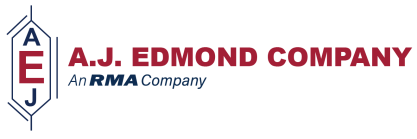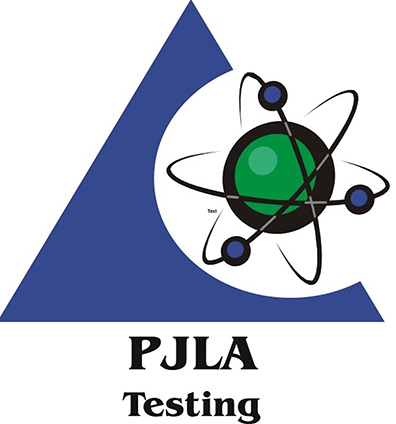Mandatory Requirement : Under the new SOLAS regulation VI/2.2.2, it is mandatory from January 2011 onward for all ships carrying solid bulk cargoes in general and dangerous solid bulk cargoes in particular will be required to comply with the new IMSBC Code. The section 4 of the International Maritime Solid Bulk Cargoes (IMSBC) Code requires the owners must have proof of compliance, i.e. that a valid “Document of Compliance for the Carriage of Dangerous Solid Bulk Cargoes” is available on board.
The IMSBC Code and its content
The format of the IMSBC Code is similar to that of the existing BC Code. Like the BC Code, the IMSBC Code categorizes cargoes into three groups – A, B and C:
- Group A consists of the cargoes which may liquefy if shipped with moisture content in excess of their transportable moisture limit.
- Group B consists of cargoes which possess a chemical hazard which could give rise to a dangerous situation on a ship.
- Group C consists of cargoes which are not liable to liquefy (Group A) and do not possess chemical hazards (Group B).
For Group A cargoes, i.e. cargoes that may liquefy, it is the appropriate authority or competent authority in the country of loading/origin that sets out the test procedure for determining the actual moisture content and TML of such cargoes. Methods for determining TML are given in Appendix 2 of the IMSBC Code; namely, the flow table test, penetration test and Proctor/Fagerberg test. The determination of TML shall be conducted within 6 months before the date of loading of cargo.
Sampling and testing of moisture content of a cargo shall be carried out no more than 7 days before commencement of actual loading. If there has been rain or snow between the time of testing and loading, further testing shall be conducted to ensure that the moisture content of the cargo is still below its certified TML. For various materials, there are recognized international and national methods for determining their moisture content. Members should refer to sections 1.1.4.4 (Determination of Moisture content) of Appendix 2 and 4.6 (Sampling procedures for concentrate stockpiles) of the IMSBC Code for more details
NOTE : For further details on the testing for TML and FMP please contact our Long Beach office.


